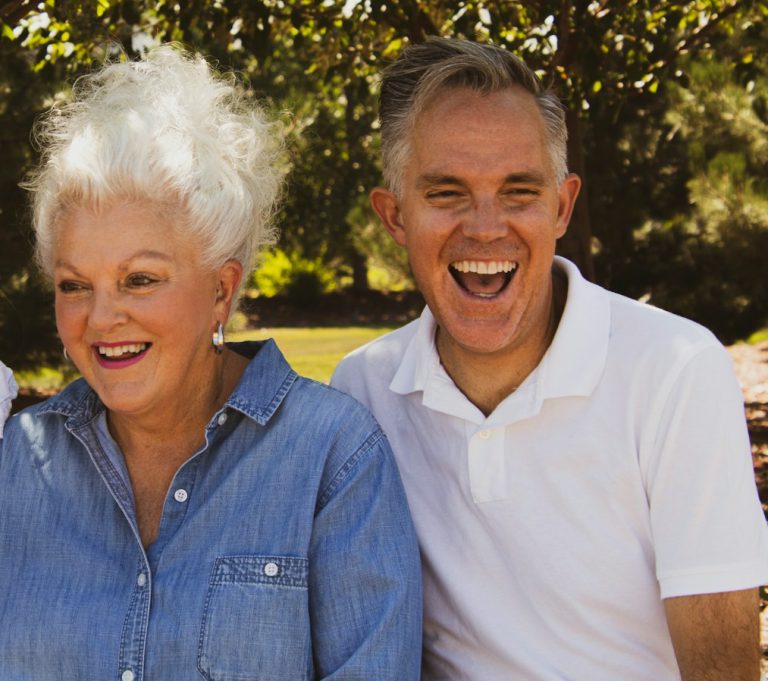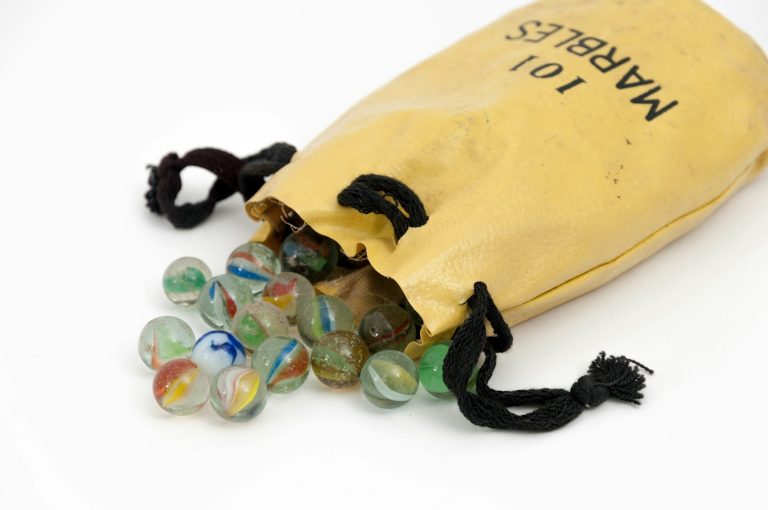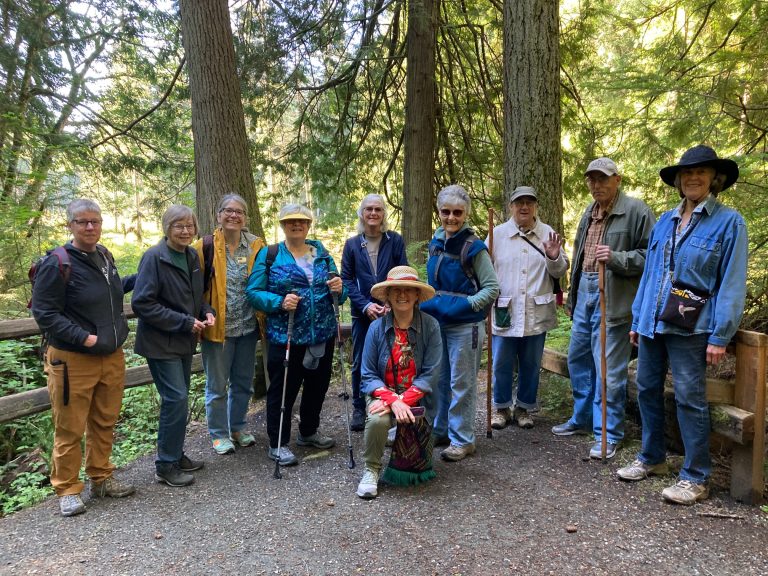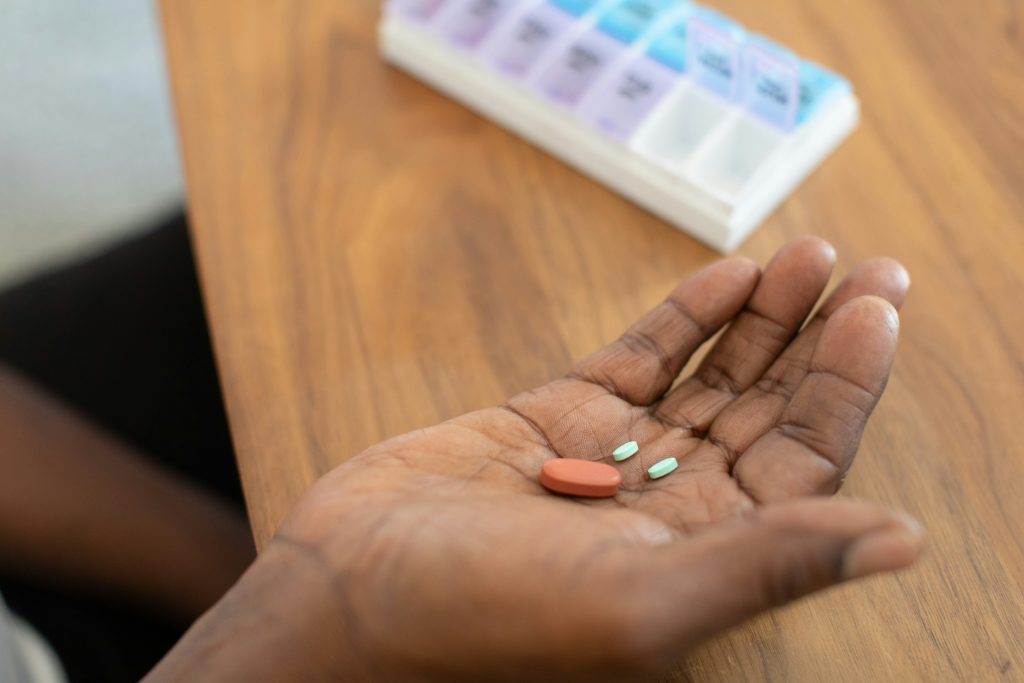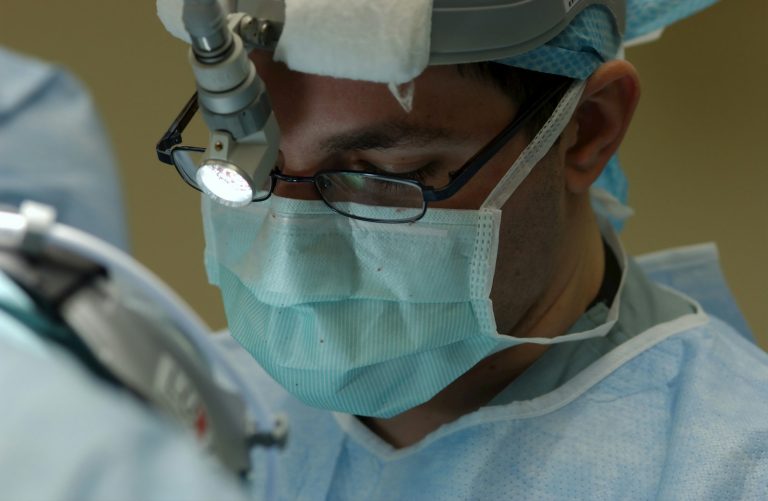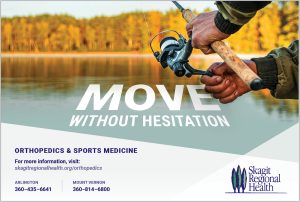As we age, our risk of stroke increases. According to the Mayo Clinic, those older than 55 have a greater likelihood of stroke than do younger people.
Are you concerned about the risk of stroke in a loved one? Here’s how to spot them:

You’ve probably heard the acronym FAST, from the American Stroke Association. The acronym is a great way to help identify the symptoms of a stroke in a loved one.
F: Face drooping
If you spot face drooping and suspect a stroke is occurring, ask your loved one to smile. If the person is having a stroke, his or her smile might be uneven or lopsided.
A: Arm weakness
Ask your loved one to raise both arms and check whether one arm drifts downward.
S: Speech difficulty
Ask your loved one to repeat a simple sentence. Stroke victims often will have slurred speech that is difficult to understand.
T: Time to call 911
If you see any of these symptoms — even if they go away — call 911 and take your loved one to a hospital immediately.
To help prevent strokes, there are a few things you can encourage your loved one to do:

Get good sleep
According to Senior Living, elderly people who sleep poorly — those who wake often and have erratic sleep patterns — are more susceptible to developing hardened blood vessels, which can restrict blood flow to the brain and lead to strokes. The avoidance of strokes is one way in which good sleep can promote good health. If an elderly loved one has Alzheimer’s or dementia, working to manage sundown syndrome also can help promote better sleep.
Pay attention food and drink
Cholesterol, which sticks to the insides of our blood vessels and restricts blood flow, can increase stroke risk. Sodium can lead to high blood pressure, which is a major stroke risk. Diet soda, too, can be harmful. And then there’s fatty food. Trans fat, in particular, can contribute to strokes (not to mention obesity, cancer and heart disease). Spend some time researching the value of good nutrition and make changes in your loved one’s diet to maximize the benefits of great food.
Exercise
Research published in the journal Neurology found that higher levels of physical activity were associated with a lower risk of silent stroke.
If you’re concerned that a loved one might experience a stroke or other medical issue with nobody around to help, consider setting up a schedule with family members or seeking a nurse for hire to be with your loved one when you are unable. A home attendant caregiver can help offer peace of mind that someone will be there for your loved one — while also helping out with many other personal care tasks, including shopping for healthy foods. Take My Hand At-Home Care provides licensed caregivers throughout Whatcom County to help the elderly live safely at home.
Vibrant Senior Options Home

